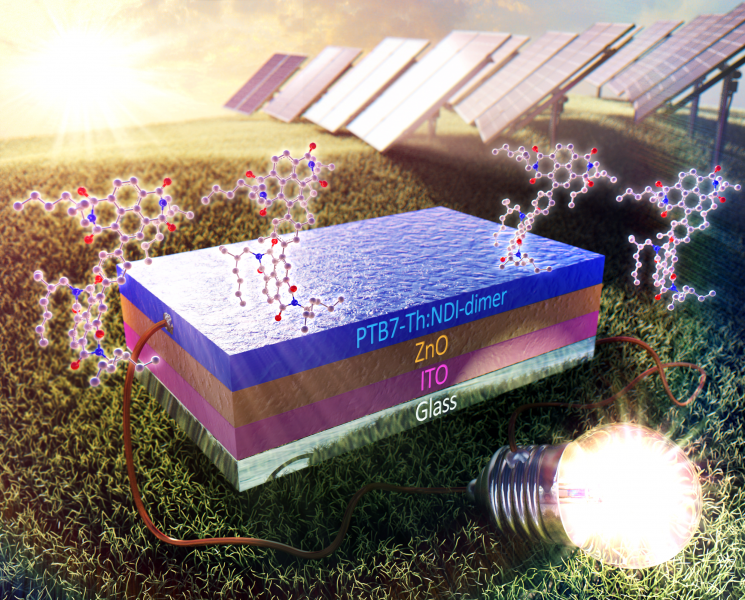In days of great public concern about the threat of microplastics to terrestrial ecosystems, the future of synthetic polymers is questioned. Are synthetic polymers still compatible with our societal needs? Where should young researchers invest their scientific efforts? Towards what aim?
Their work point at a key role played by synthetic polymers to develop new technologies for biomedical applications, and to address environmental issues, more efficient energy generation and storage, water purification, recyclability, and degradability.
So, the answer is yes, polymers do still answer to our societal needs and do have a bright future.

From the left: Yanming Sun, Ting Xu, and Richard Hoogenboom
Prof. Richard Hoogenboom (Ghent University), Dr. Yanming Sun (Beihang University, Beijing) and Prof. Ting Xu (University of California, Berkeley) did an amazing job in compiling the current issue of Macromolecular Rapid Communications. They had the difficult task of selecting only few among many brilliant polymer scientists from all over the world.
We hope the contributions of these 31 scientists and their teams will be inspiring to many students and young researchers approaching the fascinating world of polymer science and wish them new, brilliant ideas.
Enjoy the reading.
Selected contributions can be accessed for FREE until January 31, 2019:
Indaceno‐Based Conjugated Polymers for Polymer Solar Cells by Yuli Yin, Yong Zhang,* Liancheng Zhao
Quasi‐3D‐Structured Interfaces by Polymer Brushes by Edmondo M. Benetti
Efficient Charge Transport in Disordered Conjugated Polymer Microstructures by Rodrigo Noriega
Red and Near‐Infrared Light‐Cleavable Polymers by Xiaolong Zeng, Xuechang Zhou,* Si Wu*
Design and Synthesis of a Novel n‐Type Polymer Based on Asymmetric Rylene Diimide for the Application in All‐Polymer Solar Cells by Jing Yang, Fan Chen, Huijuan Ran, Jian‐Yong Hu, Bo Xiao, Ailing Tang,* Xiaochen Wang, Erjun Zhou*
Dual‐Crosslink Physical Hydrogels with High Toughness Based on Synergistic Hydrogen Bonding and Hydrophobic Interactions by Xiaohua Chang, Yuhui Geng, Heqing Cao, Jian Zhou, Ye Tian, Guorong Shan, Yongzhong Bao, Zi Liang Wu,* Pengju Pan*
Access HERE the complete issue.
Related Macromolecular journals issues dedicated to young outstanding scientists:
Young Talents in Polymer Science

















